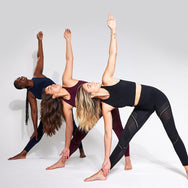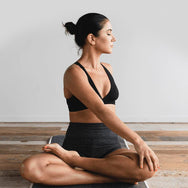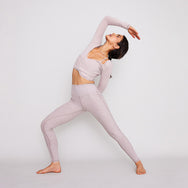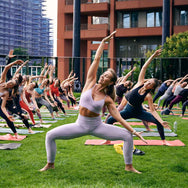
One of the questions that I am asked the most is; “how do I become a Pilates instructor?”. It may sound like there’s an obvious answer, along the lines of:
- Sign up to an instructor training course.
- Attend the course.
- Pass the exams.
Those three steps are more or less how you get there. However, as you start researching which route to take you will discover some important variables which may influence your decision. Through this blog I hope to offer some advice to anyone considering a move into this up-and-coming industry using my personal experience as a Pilates teacher and teacher trainer.
STEP 1: Start doing lots of Pilates!
Before embarking on your teacher training course it is essential that you have regular Pilates practice. Whether you sign up for an online subscription, do YouTube videos, take private sessions or head to a fitness studio for a group class, just expose yourself to as much Pilates as you can.
Not only will this prepare your body for when you start your course, but it will also give you an idea of the kind of job you may have in the future and it will help you choose which Pilates training school you might like to sign up to. Which leads me into…
STEP 2: Find teachers who inspire you
As you start practicing Pilates more regularly, you will start to find teachers who really inspire you (and if you haven’t yet, keep searching!). There are so many incredible teachers out there in ‘real life’ and online, and I really believe there is an instructor out there for everyone. You will find someone who you just ‘click’ with!
A lot of this will be down to the instructor’s personality, but there are important practical factors that may influence the reason you might prefer one teacher’s style more than another. The list below may help clarify the style of your teacher, so that you can enrol on a similar, or the same, course that helped them become the teacher that inspired you the most.
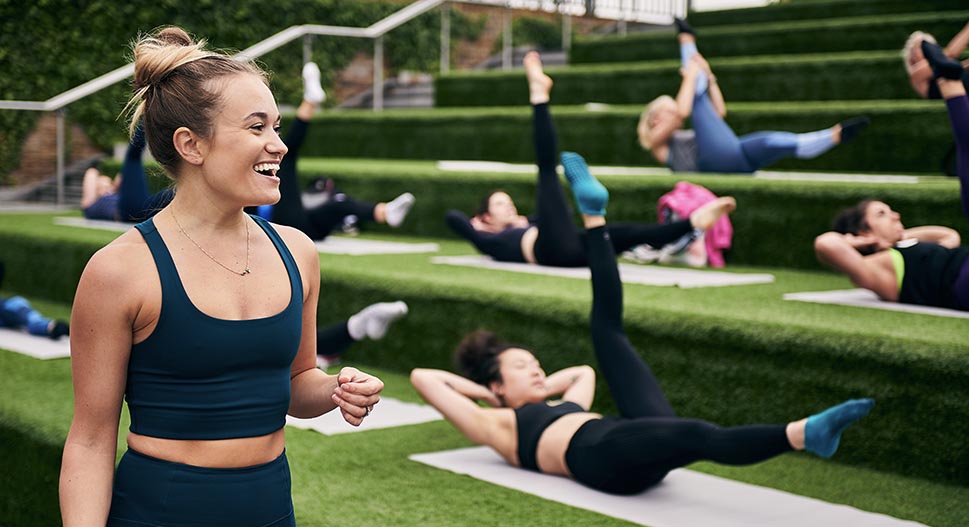
STEP 3: Choose your Pilates style
The Pilates industry has many different approaches, and it is important to know the difference in order to choose the school which aligns best with your motivation for becoming a Pilates teacher.
Classical Pilates
This approach stays true to the original method. The repertoire is exactly how Joseph and Clara Pilates, and/or the Pilates elders taught and practiced the method.
Contemporary Pilates
This approach is heavily influenced by the Classical style, however these schools have adapted and added exercises due to the developments in scientific research surrounding human movement which weren’t available during the Pilates’ time.
Fitness Pilates
Pilates is now a mainstream exercise system which is widely available in gyms and health clubs across the UK. In order to cater for this clientele some personal training and group fitness educators offer short courses in Mat based Pilates. Although a dedicated Pilates studio would be unlikely to employ someone with this level of qualification it may be appropriate for those already qualified in other fitness modalities who are looking for a basic knowledge of the method to offer their clients.
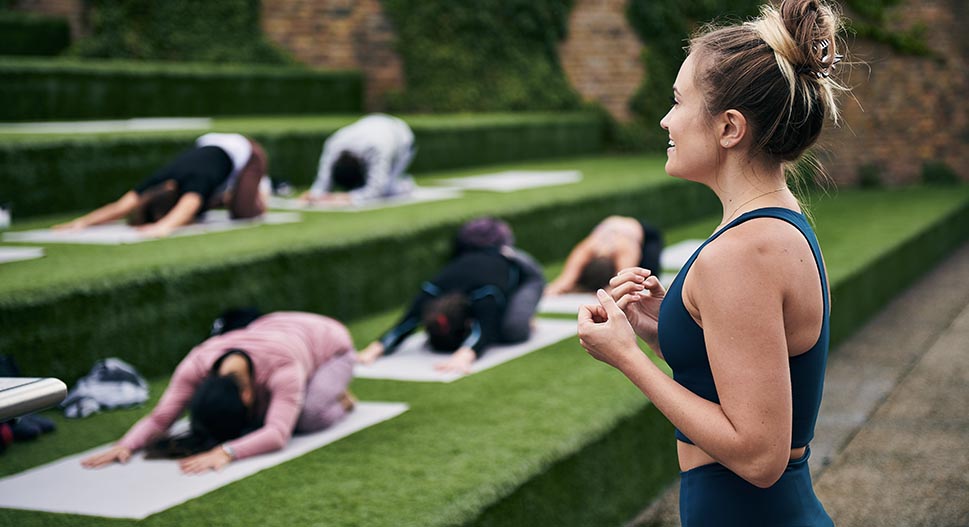
Clinical Pilates:
Many people discover Pilates due to suffering an injury and use it for rehabilitation. This doesn’t mean that only physiotherapists and other medical practitioners can train in this approach. There are schools who offer this style to anyone who is interested in focusing on the rehabilitation side of Pilates.
Special Populations:
Pilates really can help EVERYONE: athletes, the elderly, dancers, gymnasts, pregnant women, people with osteoporosis, neuro conditions, the list goes on. From my experience if you are looking to specialise with a certain population you must complete a general qualification first and enrol in further training courses, or apprenticeships, which will help you specialise in the area which interests you the most.
STEP 4: Start teaching as soon as possible
Once you have selected which course to sign up to, the fun really starts! Each Pilates school will have unique guidelines, but my advice is to start to teach as soon as you have completed your first course dates (and have secured insurance!).
Whilst the information and exercises are fresh, grab a family member or friend and teach two, then three, then four exercises etc. as many times a week as possible. It may feel tricky at first, but there really is no substitute for practice teaching in order to find your voice and approach as a teacher.

STEP 5: Keep Going!
You may feel pretty overwhelmed with information as you start your course, but I promise things become clearer and easier if you stick to the guidelines your school has set out. My top three tips to keep momentum going once you’ve started your course are to:
- Keep up your own regular Pilates practice
- Continue to observe a variety of other teachers in real life and online
- Start a Whatsapp/Facebook group with your fellow students
I am sure everyone feels overwhelmed at the start (I know I did!), and this kind of support network is great for reassurance, motivation, and arranging practice time together.
Congratulations – you have the best job in the world!
Being a Pilates instructor is an extremely rewarding vocation. It is a job that requires you to continue learning about yourself, your clients, and the method every day.
All the teachers I look up to have a genuine passion for how this method can change and improve lives, and that is the best motivation I can think of. Enjoy!
Grace Hurry is certified by Body Arts and Science International (BASI) Pilates and the Pilates Method Alliance. She is also a teacher trainer for BASI Pilates.













































